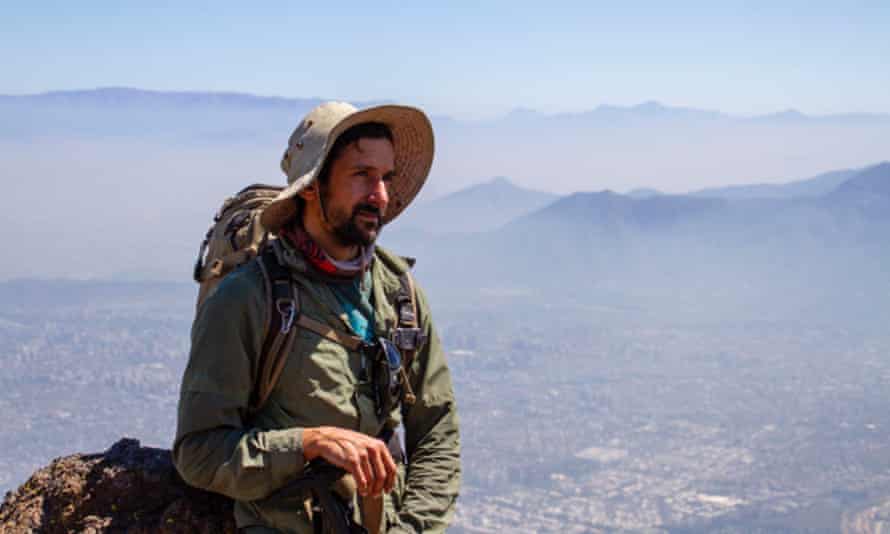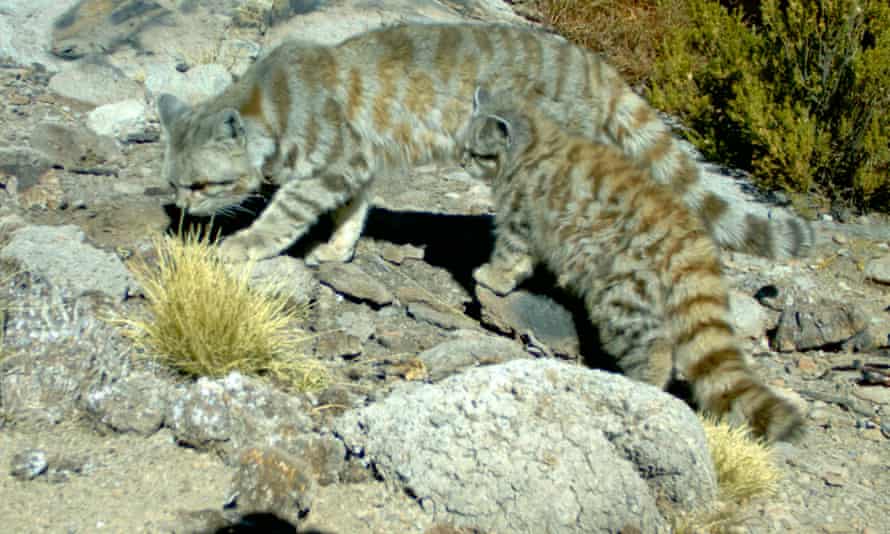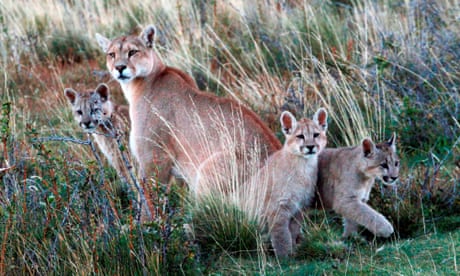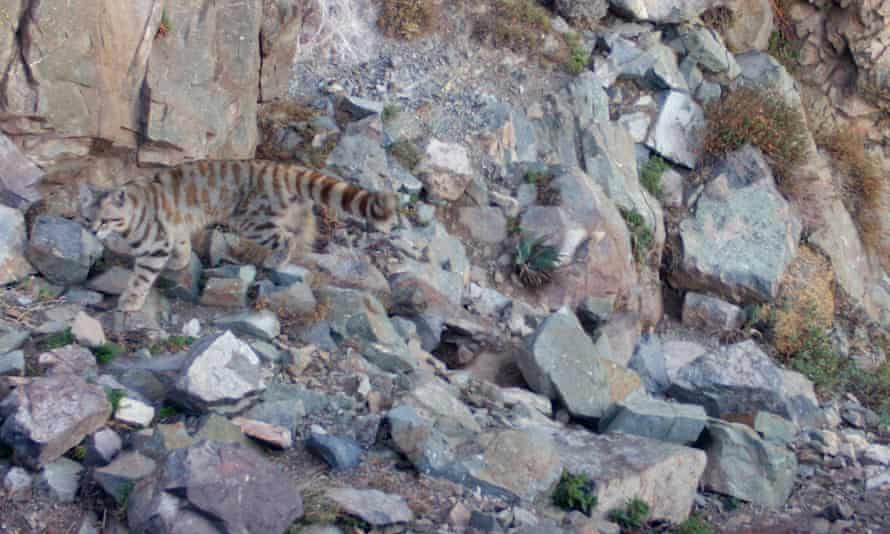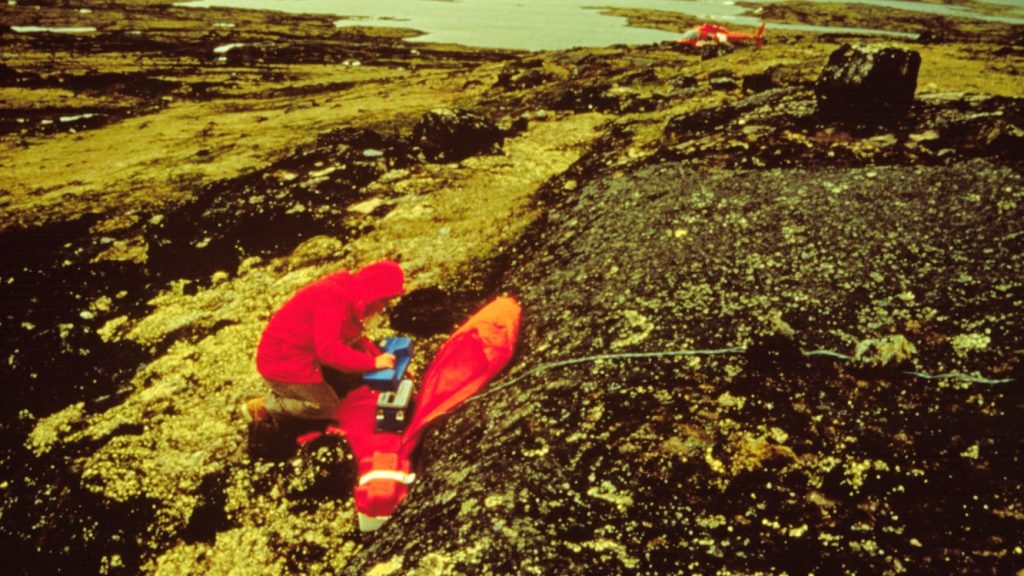BY TYLER DURDEN
THURSDAY, DEC 16, 2021 -
President Joe Biden says the 1980s Reagan era trickle-down economics doesn't work as he wants to roll back tax cuts for the rich. The impending clampdown has spooked top affluent investors, including crypto investors, who are descending to Puerto Rico to dodge tax hikes.
Puerto Rico passed two important tax bills in 2012 that has transformed the island into a cryptocurrency tax haven paradise. Under Act 22 of its local tax code, the Caribbean island and unincorporated U.S. territory offers full exemption from all local taxes on passive income to new residents. Act 20, provides a 4% corporate tax rate and exemptions on dividends. This is a much better deal than the U.S., where investors pay 20% in long-term capital games and 37% in short-term gains.

The explosion of remote work, expansion of crypto markets, and tax haven have made the Caribbean island attractive for crypto investors.
That was the case for Anthony Emtman, who left Los Angeles behind and bought a condo at the resort in March. The chief executive officer of Ikigai Asset Management is now a part of a burgeoning crypto community along Puerto Rico's north shore, where the tropical weather is just a bonus.
Emtman and his crypto peers take a page out of hedge funds' books and seek residence on the island to reap huge tax savings. - Bloomberg
The rise in crypto markets has made it an easy target for the Biden administration and Democrats to tax the living hell out of the industry. Smart money understands what's coming and wants no parts of it.
Crypto funds Pantera Capital and Redwood City Ventures have moved to the tropical island to escape U.S. taxes. Facebook product manager-turned-whistleblower Frances Haugen recently disclosed that she moved to Puerto Rico to be with her crypto buddies.
Now, "it's not just, 'Move to Puerto Rico to save tax,'" said Giovanni Mendez, a corporate tax attorney. "It's, 'Move to Puerto Rico because everybody is there.'"
Puerto Rico's tax laws were put in place to help its struggling economy a decade ago. Hedge funds have been shifting operations from the Northeast U.S. to the island for at least half a decade or more.
So far this year, Puerto Rico has received more than 1,200 applications — a record — through its Individual Investors Act, which exempts new residents from paying taxes on capital gains, according to the island's Department of Economic Development and Commerce. The number of U.S. mainlanders seeking Puerto Rico's tax breaks has tripled this year.
Another 274 corporations, LLCs, partnerships and other entities were approved for the Exports Services Act, which provides a 4% corporate tax rate and a 100% exemption on dividends. Both fall under Puerto Rico's Act 60, a group of tax breaks that were packaged together in 2019 to attract investment not just from crypto, but finance, tech and other industries. -Bloomberg
Michael Terpin, the founder of BitAngels, moved to the island from Las Vegas in 2016. He's known as the "messiah" for convincing people to move to the island.
Crypto investors are interested in several areas on the island: Bahia, which resides 26 miles east of San Juan, and the Ritz-Carlton Dorado Beach resort.
The wave of new newcomers has lifted property markets in the country. Francisco Diaz Fournier, the founding partner of Luxury Collection Real Estate, said some properties are now selling for more than $20 million.
"Right now we are selling a home in Dorado Beach for $27 million, and another one is going for $29 million," Fournier said.
Blanca Lopez, the founder of Gramercy Real Estate Group, said Bahia prices per square foot have doubled.
"We are seeing prices north of $3,000 per square foot," Lopez said. She said homes in Condado are between $1,400 to $1,500 per square foot, an approximately 35% increase from a year ago.
Meanwhile, inventory is running low for high-end homes.
"We don't have room, at least not in Dorado, Bahia or Condado," said Fournier. "The market is spreading out, so we're seeing spillovers in areas of San Juan where people wouldn't look before."
So far, the tax incentives appear to be working. Crypto investors flock to the island to dodge Biden's proposed tax increases. However, the IRS has a message for net-worth individuals, corporations, and cryptocurrency traders moving to the island: 'We're waiting for you...'
The bad news is the push for statehood would kill its tax system. In the meantime, wealthy crypto investors don't care and seek tax shelter on the tropical island.




